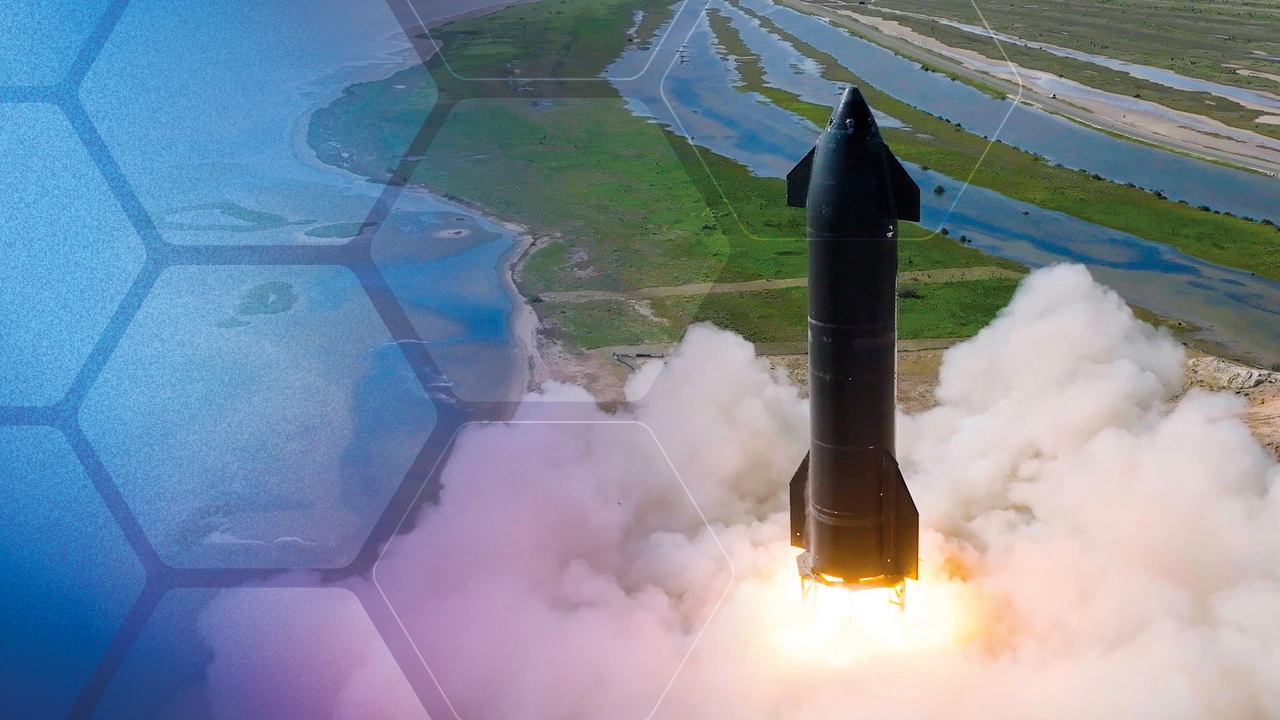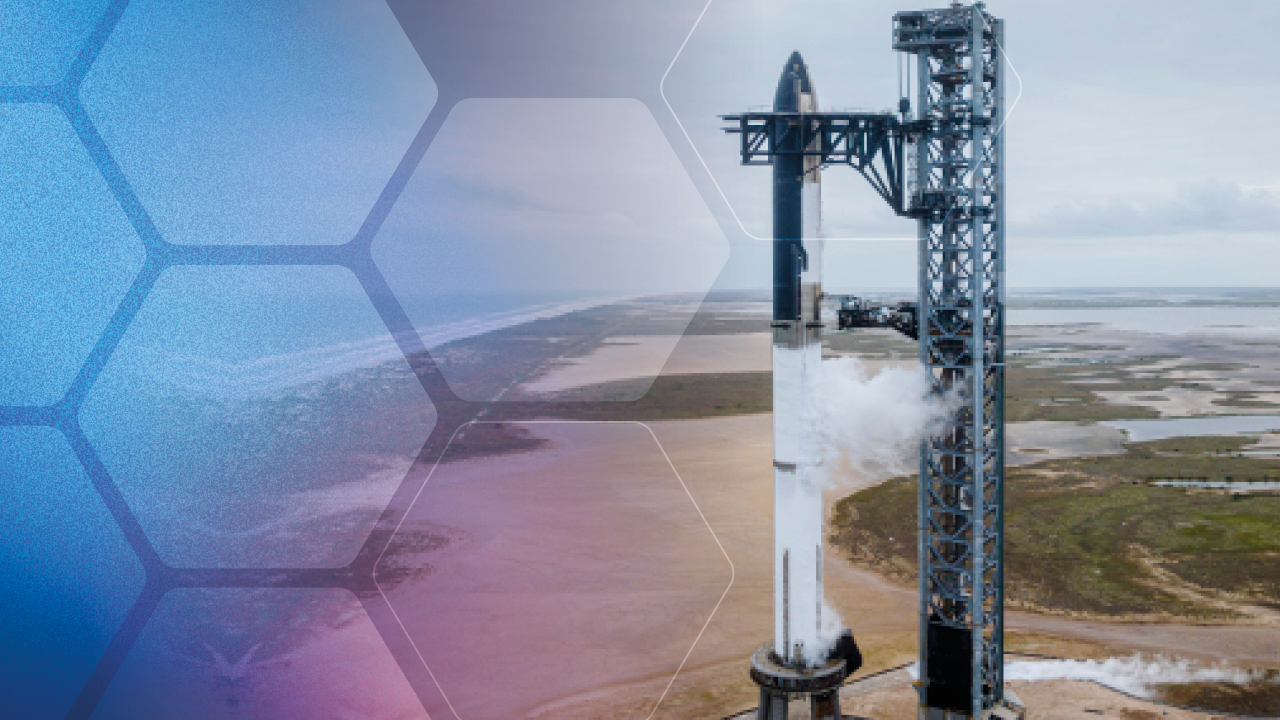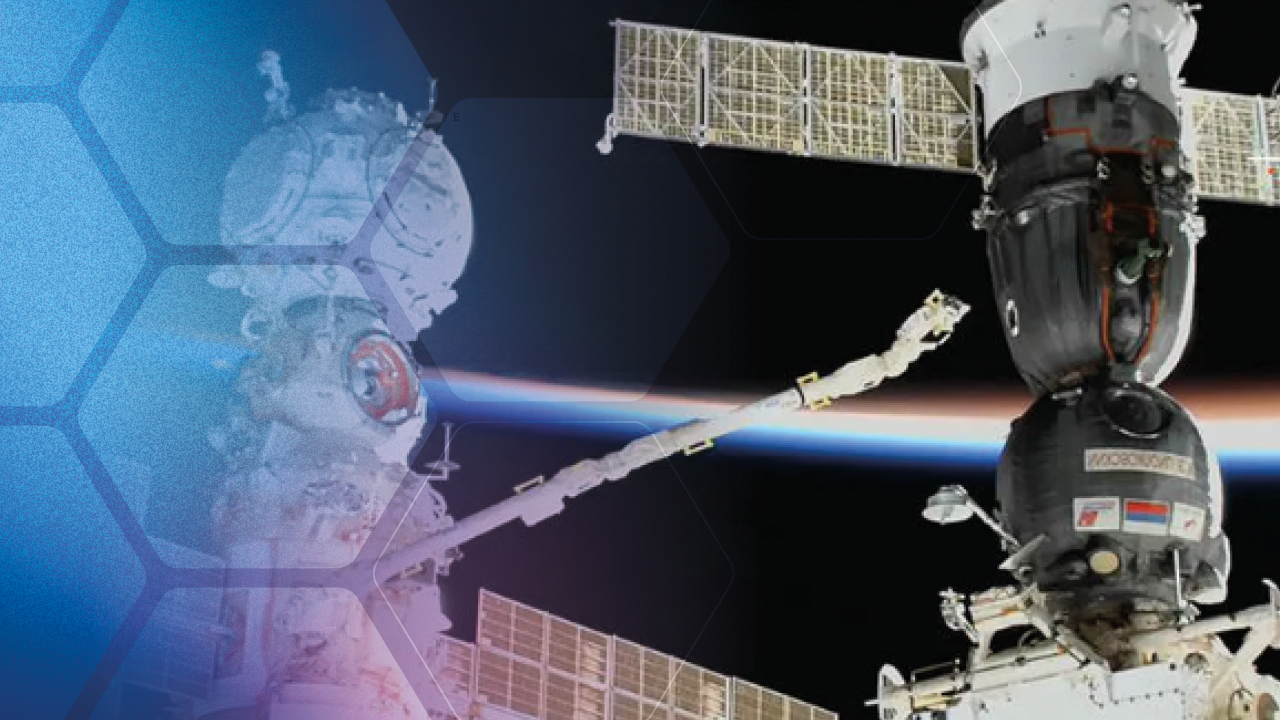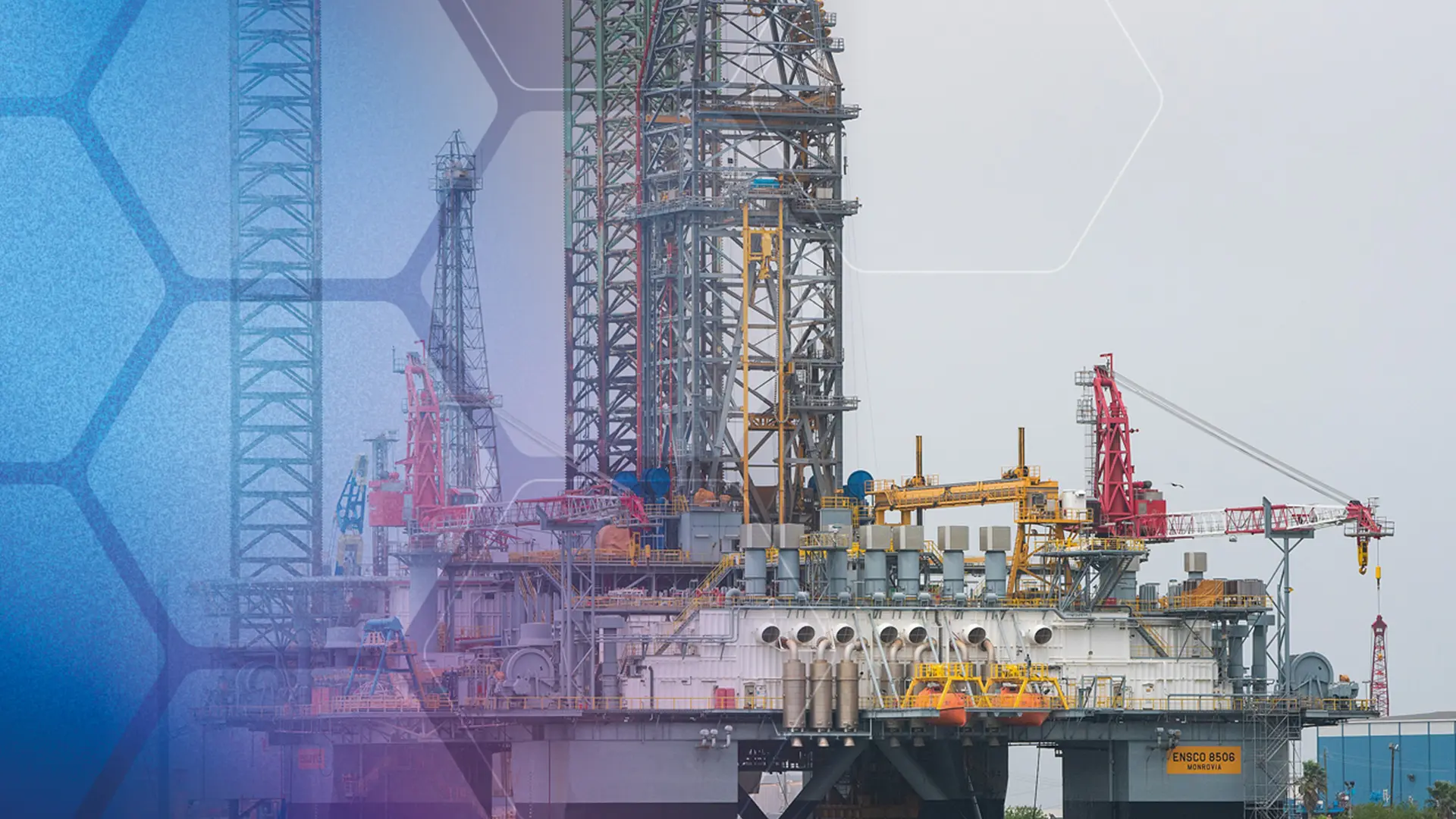
Senkrechtstarter News 07/2023
This Space News was published on Mon, 20.02.2023 – 17:58 CET in collaboration with SenkrechtstarterLast week's rocket launches
Blue Origin selected by NASA to fly to Mars
Expert Commission on Research and Innovation EFI hands over report to Chancellor Scholz
NASA publishes paper with requirements for successor to International Space Station (ISS)
Crew announced for Axiom Mission 2 (Ax-2)
SpaceX Starship-News
Last week's rocket launches
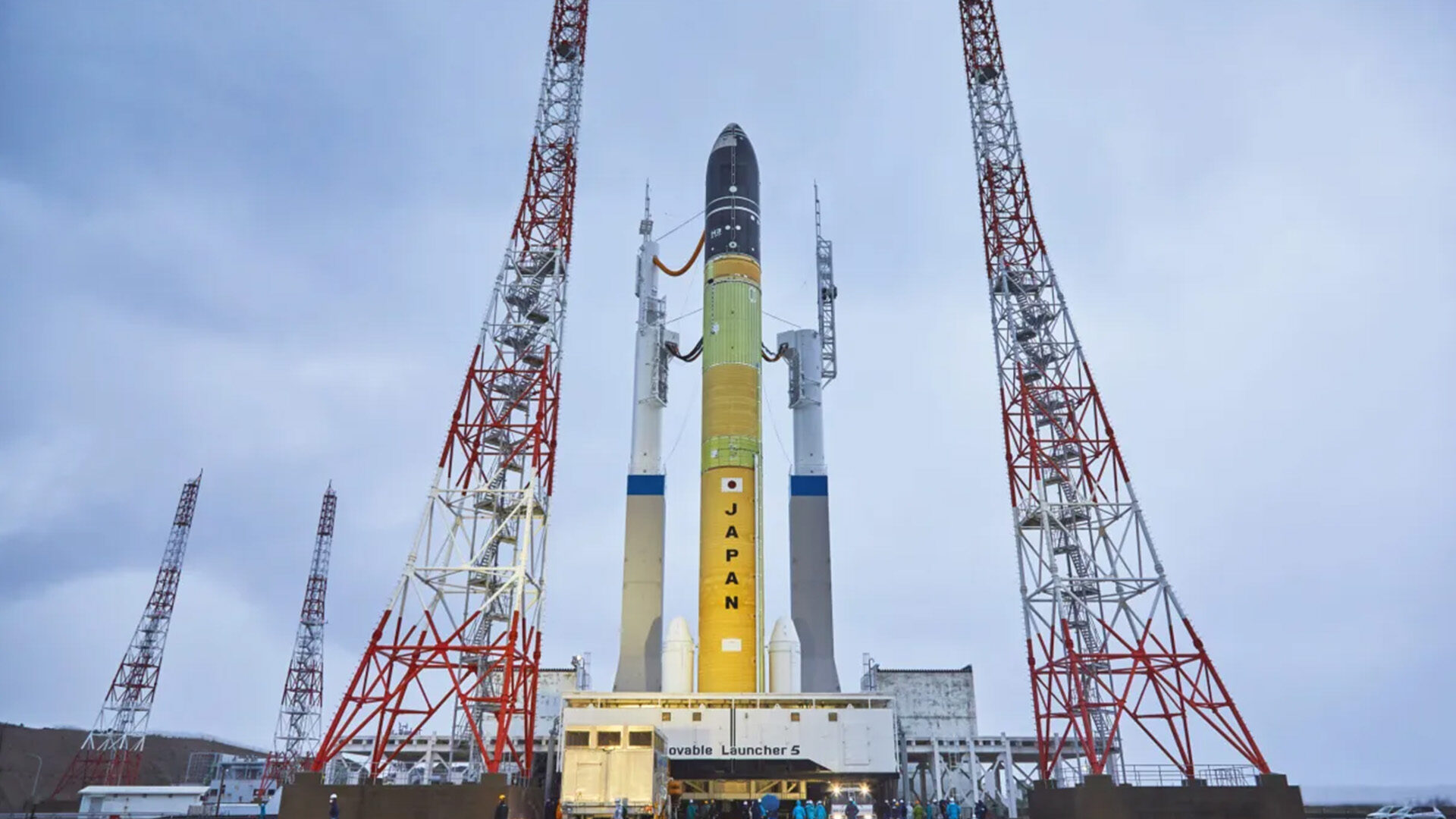
ALOS-3 | H3-22 | 12.02.2023, 02:37 MEZ
JAXA Tanegashima Space Center, Japan
It was not meant to be: The maiden flight of the Japanese H3 was aborted after the main engine ignited. The reason for the abort is still unknown, but so close to the ignition of the solid fuel boosters, it is assumed that it was triggered by the flight control system.
In the official livestream, the overlays of telemetry and flight timeline were very positive.
Starlink Group 2-5 | Falcon 9 Block 5 | 17.02.2023, 20:44 MEZ
SLC-4E, Vandenberg SFB, Kalifornien, USA
On Friday evening at 20:44 CET, SpaceX launched another batch of Starlink satellites from Vandenberg Space Force Base in California. The satellites were successfully launched and booster B1063 made its 9th landing. This brings SpaceX to 98 consecutive booster landings.
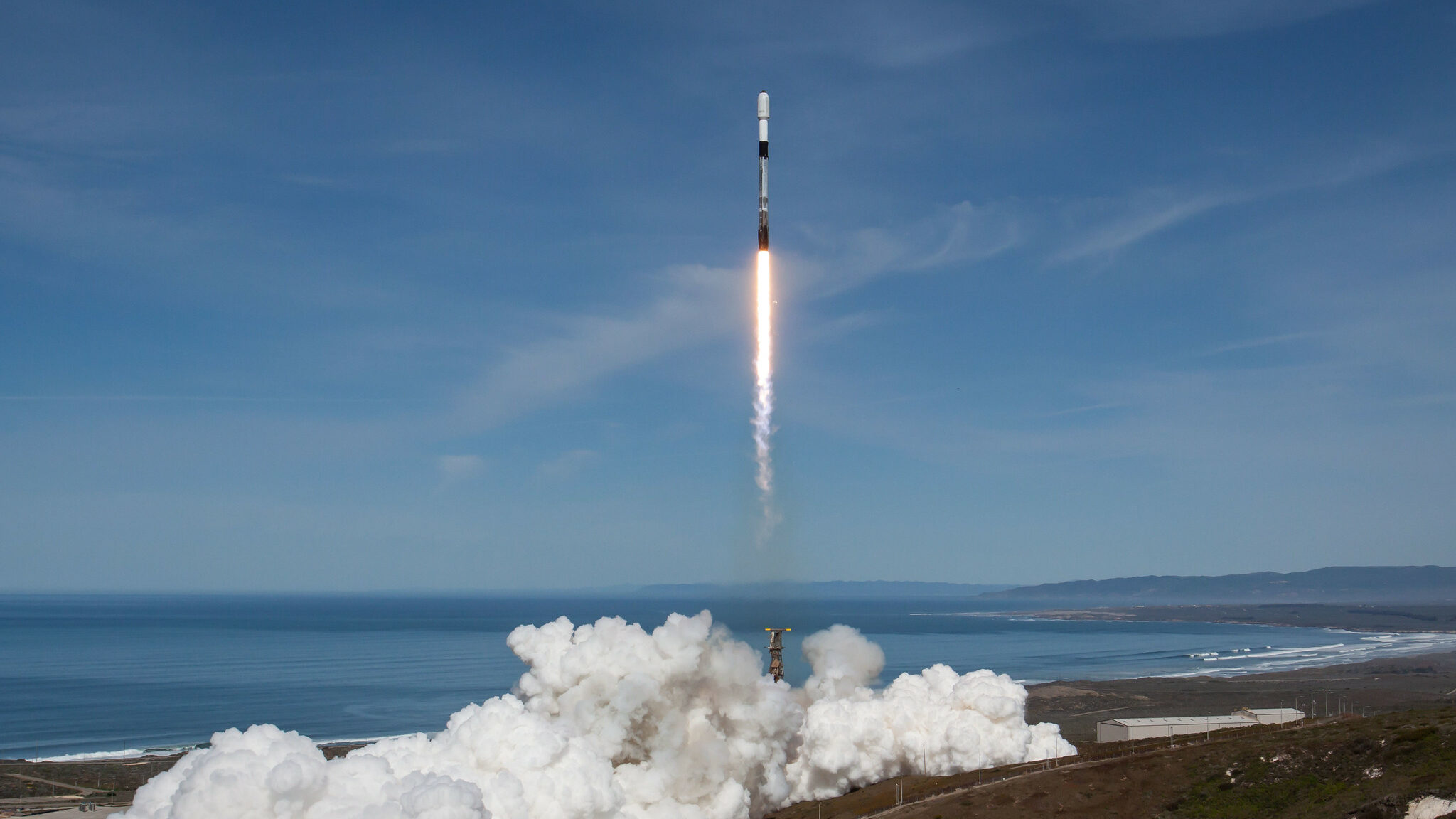
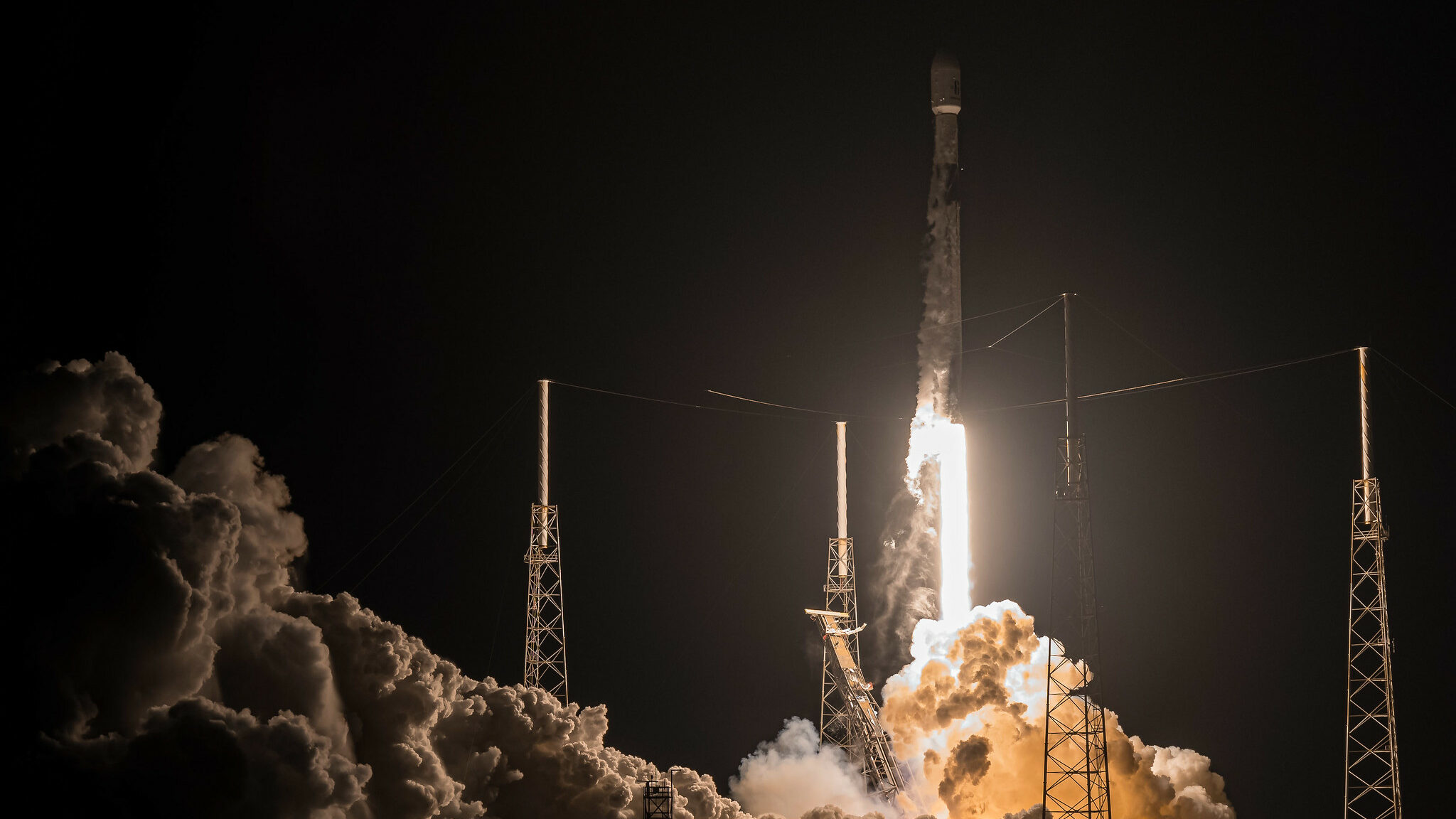
Inmarsat I-6 F2 | Falcon 9 Block 5 | 18.02.2023, 04:59 MEZ
SLC-40, Cape Canaveral SFS, Florida, USA
On Saturday, February 18, a Falcon 9 launched the Inmarsat I6 F-2 satellite into geostationary orbit. From there, it will move into geostationary orbit and further strengthen the ORCHESTRA satellite constellation. Inmarsat is currently the world's most advanced commercial communications satellite.
International Spaceflight
Blue Origin selected by NASA to fly to Mars
NASA has awarded Blue Origin a launch contract for the Escape and Plasma Acceleration and Dynamics Explorers (EscaPADE) mission to study the magnetosphere of Mars. The mission will launch on New Glenn - Blue Origin's next rocket - from Cape Canaveral in late 2024. Jeff Bezos' company is already building its manufacturing and launch facilities at Space Launch Complex-36.
EscaPADE consists of two small spacecraft (Blue and Gold) that are scheduled to arrive at Mars about 11 months after launch and then spend several more months adjusting their orbits to study Mars' magnetosphere. Studying different magnetospheres will give scientists a better understanding of space weather and can help protect astronauts and satellites in orbit and exploring the solar system.
Expert Commission on Research and Innovation EFI hands over report to Chancellor Scholz
The Expert Commission for Research and Innovation (EFI) has presented its annual "Report on Germany's Research, Innovation and Technological Performance (GER)" to Chancellor Olaf Scholz. One of this year's key topics is "German Aerospace between Old and New Space". After a detailed examination of all relevant points, the commission recommends a) the rapid introduction of a space strategy, b) the coordination of governmental demands and the strengthening of the cooperation between civil and military actors, c) the improvement of the framework conditions for private actors and d) a European approach to space.
NASA publishes paper with requirements for successor to International Space Station (ISS)
The International Space Station (ISS) is on the verge of extinction - at least in the long term. Although it is scheduled to remain in operation until 2023, the ISS definitely has more time behind it than in front of it. Although the ISS is a success story of international cooperation in space, NASA no longer wants to operate its own space station, but rather to be a tenant of one. To this end, the U.S. space agency has now published two papers with requirements for a new station. One of the papers details NASA's minimum requirements for research. The second outlines how NASA envisions working with private operators.
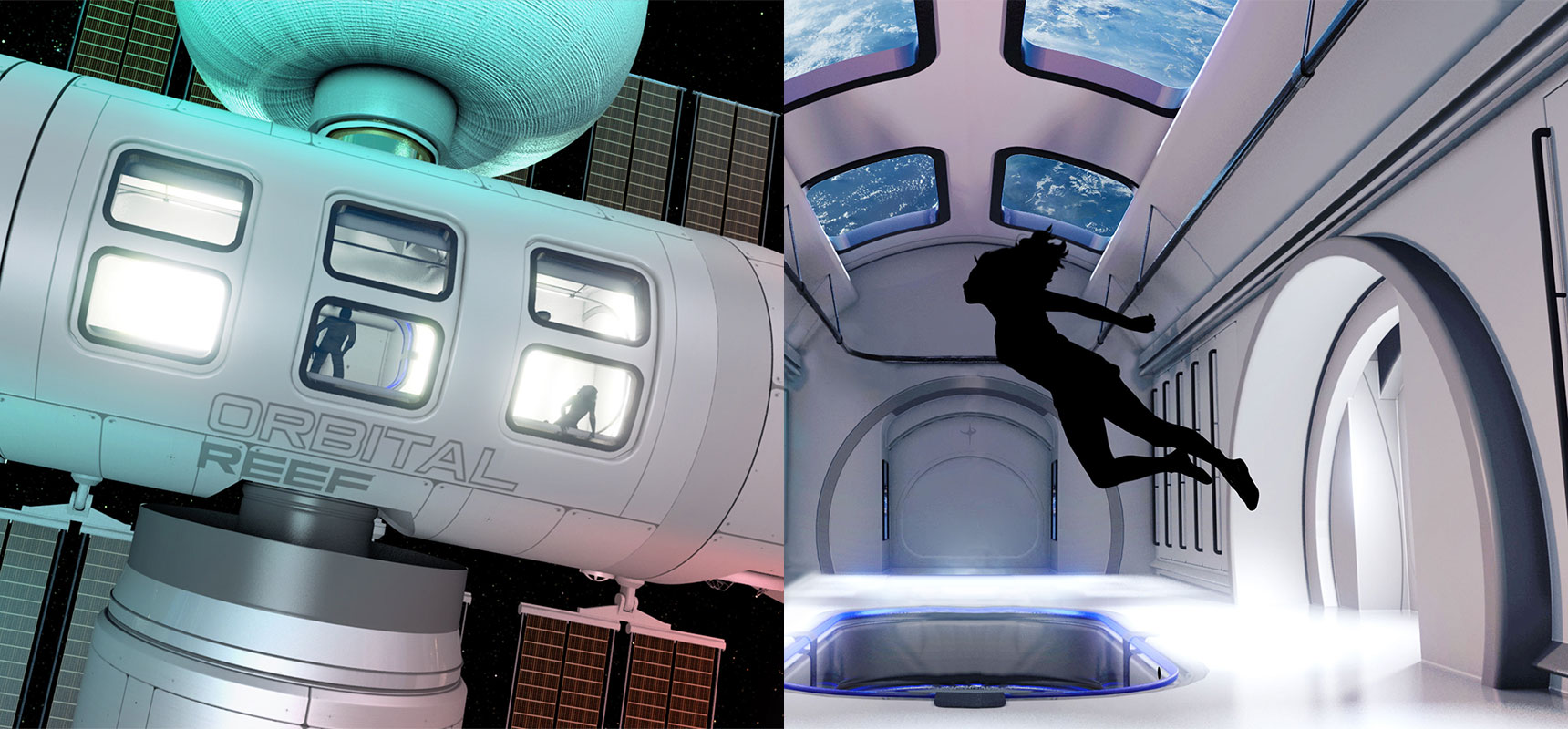
In total, NASA expects to require 3,000 to 4,000 hours of crew time per station, with each station accommodating two NASA astronauts. Inside the pressurized cabin, 130 to 230 experiments are expected, requiring 24 cubic meters of cargo space and 42 kW of electrical power. There would also be assembly areas outside the station, although no extra-vehicular activity (EVA) locks would be required. However, five tons of cargo would be transported to and two tons from the station each year. The space station would not be operated by NASA astronauts, but by private companies.

Whether these reduced minimum requirements reflect a new direction for the U.S. space agency remains a matter of speculation. After all, a space station in low Earth orbit is just a stopover on the way to the Moon this decade and to deep space missions in the 2030s. Commercially operated orbital habitats therefore appear to be the logical next step. But for the capabilities and control centers built up in Germany, the change will be a real challenge. European policymakers are unlikely to agree to buy services from American private companies. And American private companies are unlikely to train their astronauts in Europe.
Crew announced for Axiom Mission 2 (Ax-2)
The second privately funded mission to the International Space Station (ISS) is scheduled for launch in May 2023. It will be carried out by Axiom Space, which previously sent a crew into orbit from April 8-25, 2022. Like last year, the astronauts will fly on a SpaceX Crew Dragon spacecraft. According to Axiom Space, the mission is another important step towards the planned Axiom Station, the world's first commercial space station and successor to the ISS. Axiom plans to install several commercial modules on the ISS that will later undock and form the core of an independent space station.
The final crew for the Ax-2 mission has been announced. It was already known that former NASA astronaut and ISS Commander Peggy Whitson would lead the mission. She holds several records: longest total time in space by an American and a woman (665 days), longest total time outside of a spacecraft (60 hours and 21 minutes), and most outboard missions by a woman (10). At Axiom Space, she is director of astronautics. The mission's pilot is John Shoffner, who has made a name for himself as an investor, racer and pilot, and is the only one using private funds for this flight. He was part of the backup crew on Ax-1.
The two mission specialists are Ali Alqarni and Rayyanah Barnawi from the Kingdom of Saudi Arabia (KSA). Barnawi and Alqarni will be the second and third people of Saudi nationality to go into space. Barnawi will be the first Saudi woman astronaut. Two other Saudi astronauts, Mariam Fardous and Ali Alghamdi, are being trained as backup crew members for the mission. All four astronauts are part of a new program announced by the Saudi Arabian Space Agency last September. The nomination of two women and two men is, at the very least, a public relations coup for the Saudis.

Ax-2 Commander
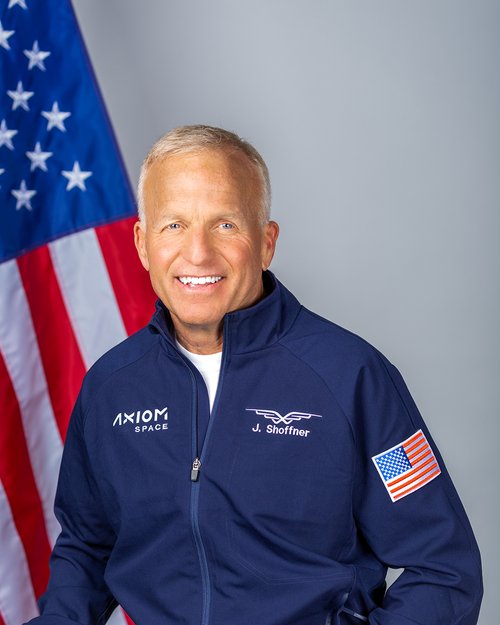
Ax-2 Pilot

Ax-2 Mission Specialist

Ax-2 Mission Specialist
Privatization of astronaut training has already begun
Saudi Arabia's nomination also shows how relatively easy it can be to achieve equality in spaceflight. Of just half a dozen astronauts, about half are women. Germany, on the other hand, has 13 astronauts who have made a total of 18 space flights. But there has never been a woman. And even though ESA has nominated two Germans, Amelie Schoenenwald and Nicola Winter, they still have a long way to go before they are guaranteed a launch slot on a future mission. And neither is part of ESA's astronaut training program. In the end, the only way for them to get into space as quickly as possible is to be nominated as a deus ex machina, like Matthias Maurer.
In this respect, perhaps commercial or private spaceflight provides an opportunity for those who would otherwise be left behind to go into space. The fact that the privatization of astronaut training has long since begun can be seen, among other things, in the crew of Ax-2, where only one member, Shoffner, is not a trained astronaut. This should be similar for Ax-3 and Ax-4. The Polaris Dawn flight by billionaire Jared Isaacman gives a small taste of what commercialization means. At the end of this year, he will be the first to perform a private extravehicular activity. Of course, brands know how to take advantage of this. It has now been announced that Isaacman will be using outdoor watches from the American brand Garmin during his space walk. It doesn't get much more outdoor than that.
Progress MS-21 also loses coolant
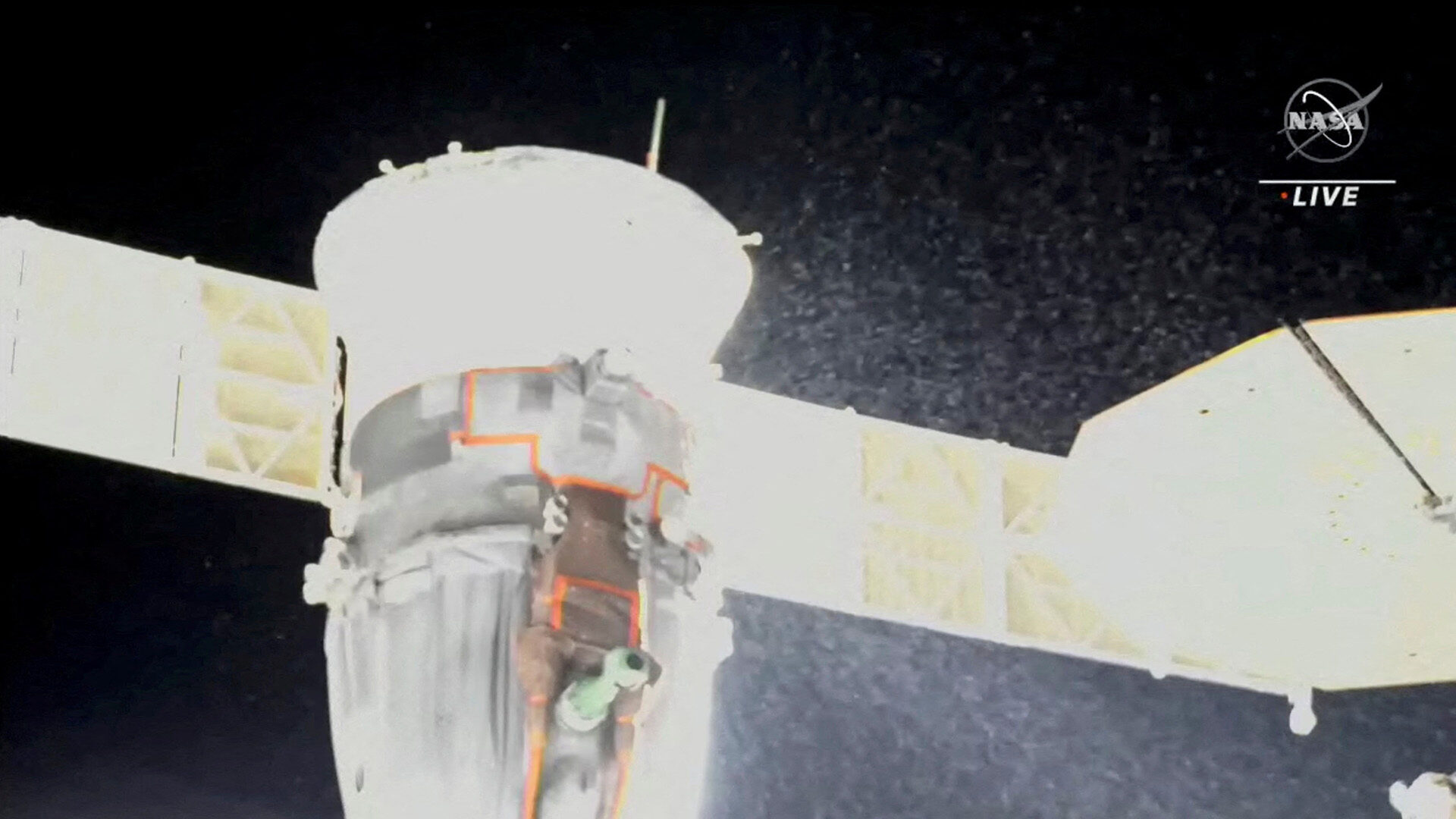
After Soyuz MS-22 suddenly lost all its coolant on December 15, 2022 due to a leak in the coolant circuit, something similar happened to the Progress cargo spacecraft MS-21 on February 11, 2023. MS-21 (Progress 82) has been docked with the Russian Poisk module since October 28, 2022.
In December, the Soyuz MS-22 leak was also visible in the livestream thanks to the ISS external cameras. While last year's coolant leak was easily visible through a hole in the radiator, the unscheduled Progress MS-21 coolant dump occurred without a visible snowstorm.
Three days after the incident, on Tuesday, February 14, Canada's Canadarm2 robotic arm was moved to the Russian segment of the ISS to inspect the Progress MS-21. However, initial analysis showed no external damage. In contrast, images of Soyuz MS-22 released by the Russian space agency Roskosmos clearly show a hole with a dark discoloration around it. Experts from Roskosmos and NASA believe this to be a micrometeorite impact. No similar hole or discoloration was found on the Progress.
Cause of coolant loss still unknown
Since it cannot be ruled out that both incidents are due to a technical failure that is not yet understood, an emergency commission has been established at Roscosmos to investigate these incidents. As a result of these events, the launch of the unmanned Soyuz MS-23 to replace the damaged Soyuz MS-22, originally scheduled for February 20, has also been postponed. The new launch date is now scheduled for February 24.
Planned disposal of Progress MS-21 in the South Pacific
This delay will allow additional inspections of the Soyuz to make sure everything is in order. Since the fueling of MS-23 has already begun at Baikonur, the launch must take place no later than March 10. Even before the latest incident, the plan was to undock Progress MS-21 from the ISS on February 18 and then burn it over the South Pacific. The undocking of Progress MS-21 is scheduled for 03:26 CET early Saturday, February 18.
SpaceX Starship-News
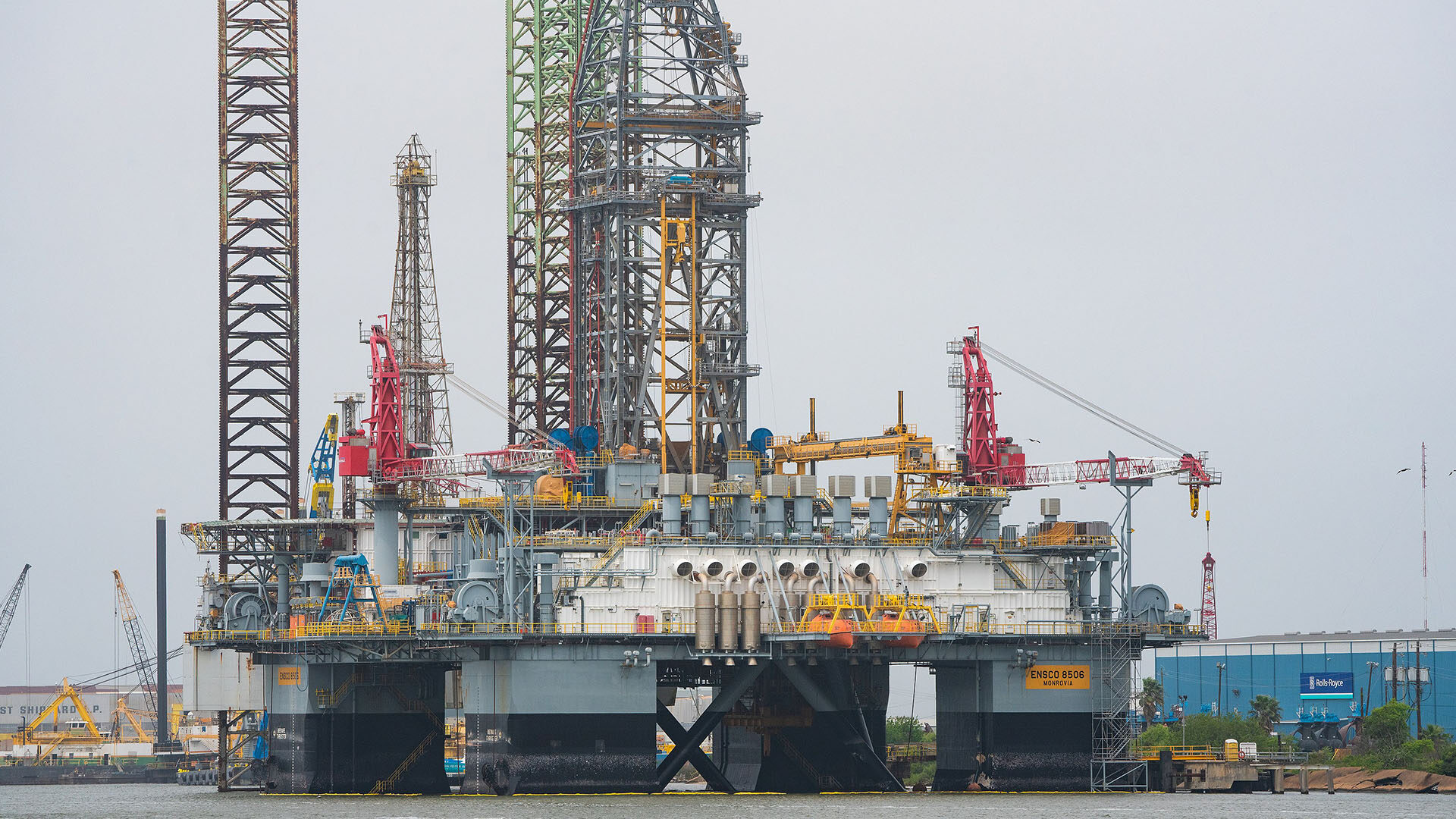
SpaceX abandons Phobos and Deimos floating platforms
SpaceX president Gwynne Shotwell said SpaceX has divested itself of the Phobos and Deimos floating platforms. The former platforms, named after the moons of Mars, were no longer fit for purpose, Shotwell said. To be sure, SpaceX still expects to have a high launch rate and, according to Shotwell, will need a lot of launch facilities and, in the long term, probably sea-based platforms as well. But for now, the focus is on flying the Starship and getting it operational.
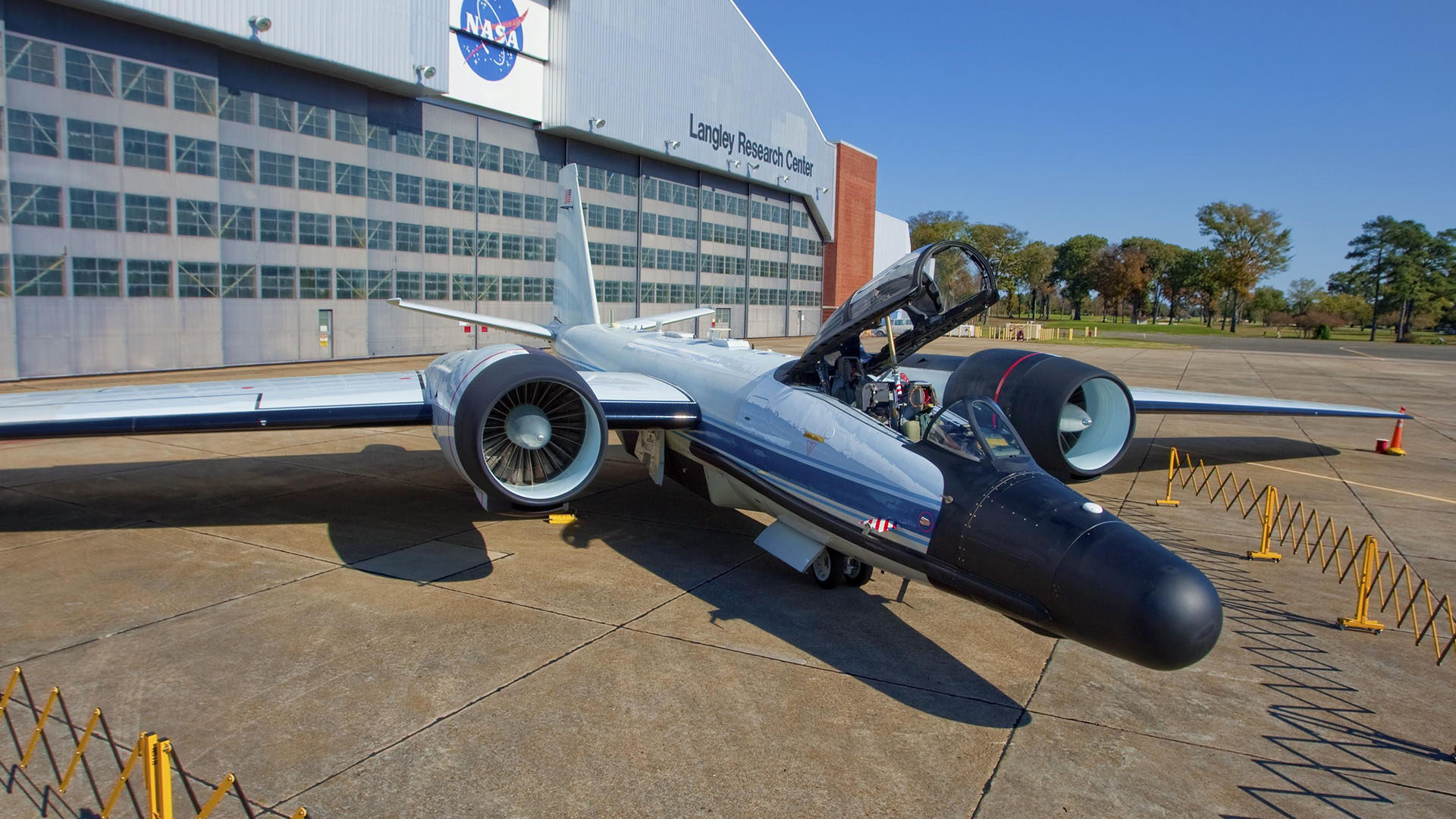
NASA is also interested in the operational capabilities of the Starship. Not only because it wants to use it to land astronauts on the moon as part of the Artemis program. But also because the flight of the Starship will be observed by a NASA high altitude research aircraft. The WB 57, with a maximum operating ceiling of 60,000 feet, can fly almost twice as high as commercial aircraft. It is also equipped with infrared cameras that can be used to observe re-entering spacecraft.








